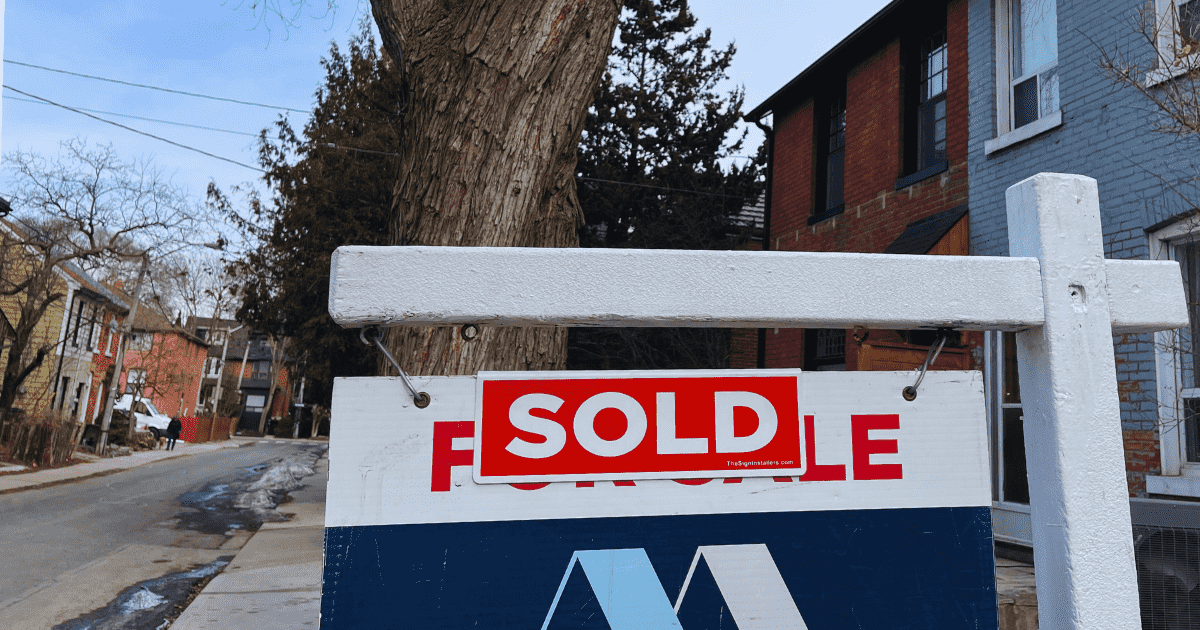[quote_box_center]“To look at ourselves from afar, to make the subjective suddenly objective: this gives us a psychic shock.” – Julian Barnes[/quote_box_center]
As previously discussed in earlier columns, you’ve educated your homeowners about the realistic market value range of their property. In this continuing series, which is derived from excerpts of my book, The Happy Agent, I address the critical and completely separate conversation about asking price. Whereas the estimated market value range includes the “hoped for” sale price, the list price is the bait, the important inducement for buyers to view the property.
There are two schools of thought here. The first, more traditional approach is to list high and periodically reduce the price until a sale is achieved or your sellers voluntarily or involuntarily change their plans. This is the more common method because, to win the listing, it’s easier to placate a naive seller who wants to try first for a higher price. But without a price reduction, listings often end in expiry.
If you seemed to share their inflated value perception of their home, your seller will love you during the honeymoon. But as weeks crawl by with no nibbles, love rapidly fades to frustration, anger or indifference. And a loss of faith usually translates into a loss of listing.
The second school of thought involves putting your best foot forward, so to speak, by listing realistically at the outset.
If you perform a statistical analysis of the list prices of sold comparable properties, the original asking prices prior to any reductions and the DOM, you’ll probably discover that the properties that were realistically listed from day one, all sold relatively quickly – without the need for price adjustments. Typically, the listings that lingered longer started out too high and had to be reduced, sometimes more than once, before finally attracting a sale. There’s only one conclusion; presuming that every sold listing gets fair market value, the list price merely determines how long it takes to get it.
In other words, the more over-priced the listing, the longer it will take to sell. In an average active market, with a realistic original list price, a property should sell fairly fast. Or after one or more price reductions, it should sell when the asking price finally reaches sensible territory.
Even though you or your seller may not consider it important, setting the right initial asking price is, after market evaluation, your second most critical function in the entire listing process.
Whether they reject your opinion or you opine incorrectly, if a homeowner fails to list right, they may grow long in the tooth waiting for a solid bite. They may believe that asking price is, as I said earlier, almost irrelevant because a buyer can opt to offer whatever they choose. This is true, but it most certainly is very relevant. Generating an offer early in the game often renders a higher sale price because the seller – with a brand-new listing – is in a superior negotiating position. The property has not been long on the market; it’s not a stale listing.
Also, in a hot market, the odds are higher that with an enticingly fair asking price, a buyer competition could ensue. And since buyers prefer to avoid a competition, if the list price is realistic, they’ll get out early to view it before a feeding frenzy forms – and offer fairly, sometimes generously.
The asking price can make the difference in not only how long it takes to sell, if it even sells, but also indirectly, what final sale price is actually achieved. It’s not complex; price too high and there’s no interest from buyers. By setting the listing price lower, but still too high, your listing may get attention and showings, but buyers refuse to waste their time or risk insulting a homeowner.
Remind your seller; as they have the advantage of your sage price advice, buyers have the same benefit from their own agents. In years past, naive buyers were more easily duped by unscrupulous agents. But thanks to the internet, our evolving industry standards and the popularity of buyer agency, buyers are no longer so ignorant. Of course, set a list price too low and your client could conceivably under-sell their home, or depending on market conditions and the property, generate multiple bids.
Plainly put, list price determines the volume of buyer activity. And a high volume of viewings obviously increases the chances of a quick sale at a better price. To demonstrate, here’s an exaggerated example: if a home is realistically valued at, say, $500,000 and you price it at $700,000, how much action would it generate? Obviously not much. And conversely, what kind of interest would result from a list of $100,000? Point made.
The problem with the policy of accepting over-priced listings is that the seller loses the advantage of typically the most active period in the selling process – the first couple of weeks, or longer, depending on your local market conditions. There’s always an average DOM; know it and use it. Statistics can be powerfully convincing. Unless your market is depressed, there’s usually an existing pool of buyers scouring the marketplace for new listings and price reductions.
Thanks to the fantastic exposure provided by the internet, they’ve already discovered, maybe viewed and rejected current inventory. When a new listing appears, but in their or their agent’s opinion, it’s not priced competitively, they ignore it and/or await a price reduction. However, if the asking price is fair, they contact their own or the listing agent to arrange an immediate viewing.
Have you ever had a buyer ask how long a home has been listed for sale? I’d say you’ll answer yes, many times. If you told them it’s a brand-new listing and they liked it, they often made a reasonable offer immediately – or should have if they were smart. If they’d felt that the DOM was excessive, they may have automatically wondered or even asked why no one else wanted it. A stale property listing, even at a subsequently realistic lower price, often brings buyer indifference because they suspect it’s over-priced, has serious defects or is owned by an unreasonable seller – or all three. If they’re still interested, count on any bid being low. Innumerable listing contracts expire due to improbable list prices and associated unreasonably long market exposure. Listings that have been around for months on end with numerous price reductions – or none at all – if they sell, will attract a price below what might have been obtained if the seller had listed reasonably in the first place. Expired listings abound.
When your market strongly favours sellers, a homeowner can – within reason – price their property however they wish. The actual asking price is less critical when there are oodles of eager buyers chomping at the bit to bid. But when a buyer or balanced market prevails, when listings are plentiful, the list price is definitely a key factor in attracting attention. A reasonable asking price sends the message to your peers that your seller is fair, serious and accepts your professional advice, which in turn, encourages showings. No agent enjoys negotiating with a stubborn or ill-informed homeowner or with a listing agent who, out of ignorance or apathy, failed to accurately advise their seller. Without viewings, you’re guaranteed no sale.
Do you want your listing to attract buyers? Thoroughly educate yourself, and when establishing list price, advise your sellers to be fair and reasonable. Often, all it takes is to be courageously better at your job. To ensure they take a realty reality pill, ask if they want to sell, or just list their home. In the next column, this topic continues.
Ross Wilson is a retired real estate broker with extensive experience as a brokerage owner, manager, trainer and mentor over a highly successful 44-year career. His book, The Happy Agent – Finding Harmony with a Thriving Realty Career and an Enriched Personal Life is available where print and e-books are sold, including the TREB, MREB, RAHB and OMDREB stores. Visit Realty-Voice.com.

















